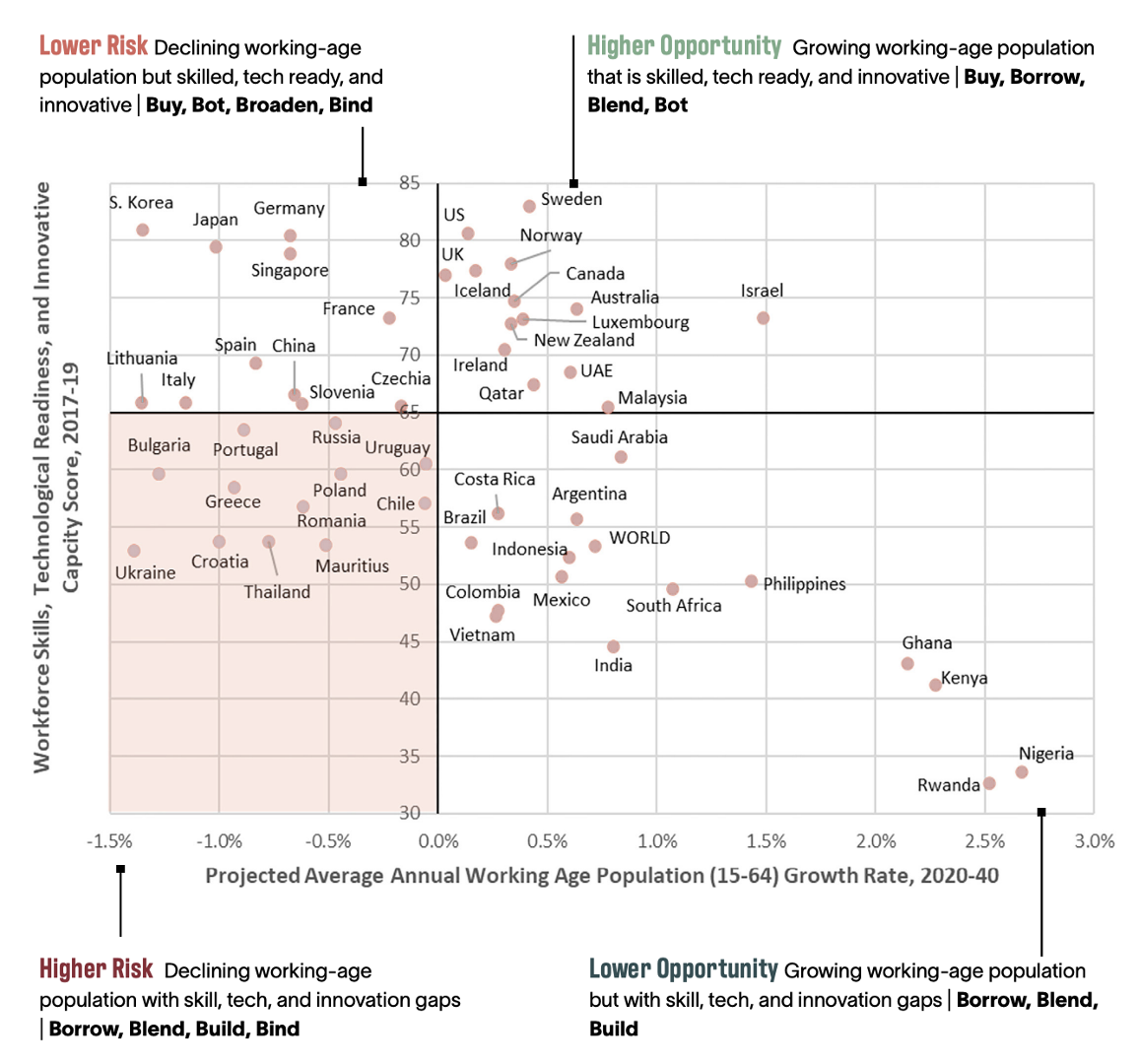If you already work with labour market data, you’ll be familiar with the learning curve that goes with it. Firstly, the excitement of being able to turn raw data into trusted intelligence. That is swiftly followed by an appreciation of the amount of work to be done in order to win trust and become a valuable source of business insight! Then, the realisation that we’re all on this journey and we need to take everyone in the business with us if talent intelligence is going to deliver to its potential.
At a Lightcast workshop in Manchester, UK last month, we convened a community of talent intelligence professionals to share their insights and stories, all with the goal of improving the way we operationalise labour market data to drive commercial impact.
The event was hosted by Toby Culshaw, Vice President Strategy - Talent Intelligence, and Alison Ettridge, Director Global Talent Intelligence, and was attended by 30 in-house talent intelligence professionals from global and national organisations. [special thanks to Natalia Quinteros, Lightcast Marketing Manager for her event coordination]
“The key for me was seeing how we are all on the journey of developing talent Intelligence capabilities together. Some are further into this journey but we are all learning and evolving as the external context continues to shift and change.
What as covered?
The aim of the workshop was to deliver practical strategies that participants could immediately apply in their roles to enhance their talent intelligence function by:
Leveraging critical labour market metrics to strengthen talent pipelines
Identifying the most valuable data sources
Translating complex insights into actionable acquisition and workforce strategies
Building a business case for talent intelligence with measurable ROI
Assessing maturity in terms of talent intelligence and plan next steps
Why should you care about operationalising labour market data?
Why now? Toby framed the session with a report from the World Economic Forum that estimates that by 2030, there could be a global talent shortage of more than 85 million workers. The forum reports that this significant talent squeeze could lead to an estimated $8.5 trillion in unrealised annual revenue.
The detrimental impacts on organisations, economies and careers are clear, and it was evident from our group discussion that we’re already seeing signs of what’s to come. For example, despite a slowdown in hiring in the UK, the difficulty in finding skilled workers persists.
Plus, a multi-layered picture of change encompassing: migration, skills development, AI, changing employee expectations, generational differences, a DEI rollback, legislative change and many other factors mentioned by our group led us to two major questions about the future of work:
Who is going to do the work and how will the work get done?

This chart (from our Lightcast Workers Wanted Worldwide Report) shows the extent to which different geographies will feel the imminent talent squeeze.
Let’s take a look at both of these:
Who is going to do the work? Data shows slowing growth in the working age population. In fact growth is slowing in 80% of countries globally and actually shrinking in 30% of countries with the squeeze being felt in Europe and East Asia the most. A roll-back on Diversity, Equity and Inclusion (DEI) is in conflict with the building of a skills-based organisation and risks undermining it.
How will the work get done? Skills are changing rapidly and keeping up with the pace of skills-change will be essential, as will adapting to AI both in terms of generative AI and AI within roles. Two notable examples are the growth in demand for cybersecurity skills and the ‘greenification’ of traditional roles that will shape the way work gets done.
The role of labour market data in delivering business value
Following group discussions, Toby drew on the insights from the group to define some next steps operationalising labour market data to drive commercial impact and mitigate the risks described above:
Find your cheerleaders – Who might be best placed to fly the flag for talent intelligence in your organisation? Commercial, product, finance, operations? Find out and understand their key drivers so you can demonstrate the value of labour market data.
Look for red flags - If your work is at a recruiter level, stakeholders will expect you to deliver at a granular level. Try to have the right level of conversation – strategic questions than can be answered with directionally correct data.
Find your data – Work with internal stakeholders to access the data you need which will likely be outside your function. Combine this with external data for maximum impact.
Run pilots – Especially with new projects, agree to run a pilot not a programme of work to test out the level of value it creates before making a commitment.
Spend time socialising – Do your own PR, get out talking to people in the business and giving them a flavour of what you can offer as a team.
Summing up the event, Toby Culshaw, Vice President of Strategy - Talent Intelligence at Lightcast said:
“Bringing individuals together for peer-to-peer learning in such a new and dynamic field whilst also being able to help guide through what we see from our unique position across government, education and enterprise was phenomenal.”
Want to talk with experts here at Lightcast about how this will impact you, and how we can help? Contact us.



